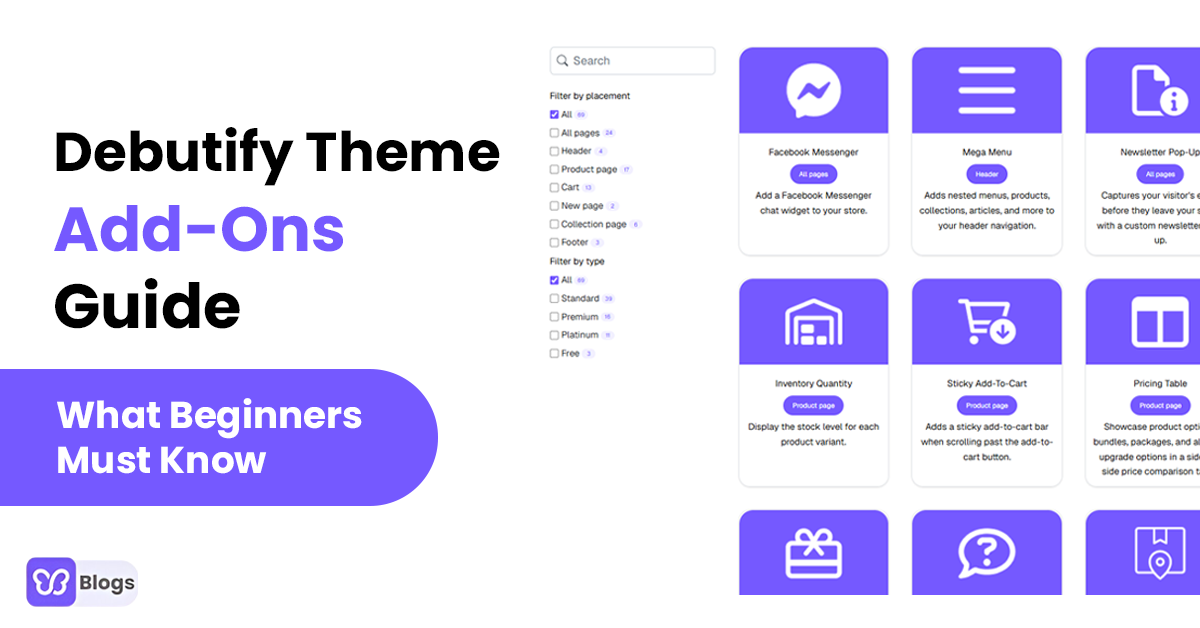In the context of accessible marketing, ensuring that ecommerce site accessibility is paramount and ensuring e-commerce site accessibility is crucial for building inclusivity into digital storefronts.
Here are key considerations for making sites more accessible:
User-Friendly Navigation
- Keyboard Navigation: Ensure that all website functions, including product browsing, selection, and checkout, can be performed use only a keyboard. This is essential for those who are unable to use a mouse.
- Clear and Consistent Layout: Maintain a consistent layout and navigation structure throughout the site, making it easier for users to find products and information.
Alternative Text for Product Images
Provide detailed alt text for all product images. This allows screen readers to convey essential product information to users with visual impairments.
Accessible Forms and Checkout
Ensure that all forms on the website, including those during checkout, are accessible. This involves using proper form labels, error handling, and providing instructions that are understandable by all users.
Text and Content Accessibility
- Use clear, concise, and well-structured content that is easy to read. Avoid jargon and complex language.
- Offer resizable text options to accommodate users with varying visual abilities.
Multimedia Accessibility
For videos and audio content, include captions and transcripts allowing individuals with hearing impairments to access your multimedia content.
Accessible Product Descriptions
Write product descriptions that are informative and descriptive. Consider offering additional details that may be relevant to individuals with various disabilities, such as size, weight, or compatibility.
Mobile Responsiveness
Ensure that your e-commerce site is flexible and sensitive to many screen sizes and devices. Mobile accessibility is crucial as many users with disabilities rely on mobile devices for web access.
Testing and User Feedback
Regularly conduct accessibility testing and solicit feedback from users with disabilities. This iterative process can help identify and address accessibility issues as they arise.
Compliance with Accessibility Standards
Adhere to recognized accessibility standards like the Web Content Accessibility Guidelines (WCAG) to meet legal requirements and ensure a high level of accessibility.
Inclusive Marketing Strategies
Beyond the technical aspects, incorporate inclusive marketing strategies that showcase the diversity of your customer base. This can include using diverse models and representations in product images and advertisements.
By implementing these considerations into the design and functionality of your eCommerce site accessibility throughout the eCommerce customer journey, you not only enhance the accessibility of your digital storefront but also expand your potential customer base, improve user satisfaction, and demonstrate a commitment to inclusivity in your marketing efforts.





